Kasteel Radboud
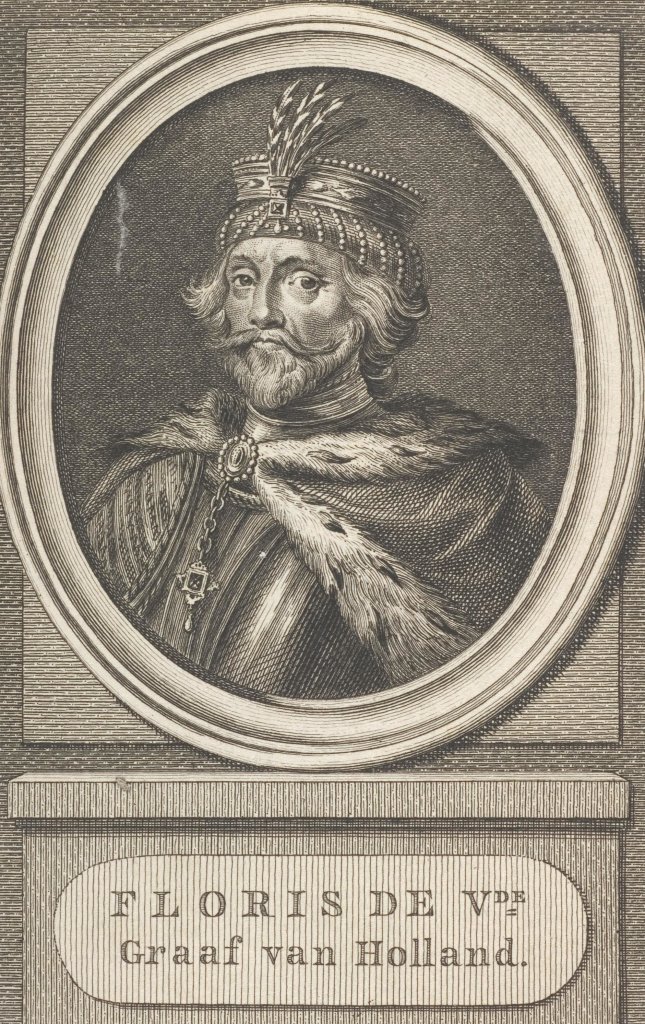
Graaf van Holland Floris de Vijfde (regeerde 1256-1296) onderwierp West-Friesland tussen 1282 en 1289. Hij ondervond weinig tegenstand, zeker nadat de Omringdijk eind 1287 door stormvloed zwaar beschadigd was geraakt. Landinwaarts ontstond toen grote wateroverlast. De situatie van de West-Friezen was uitzichtloos geworden. In 1289 gaven ze zich tenslotte over.
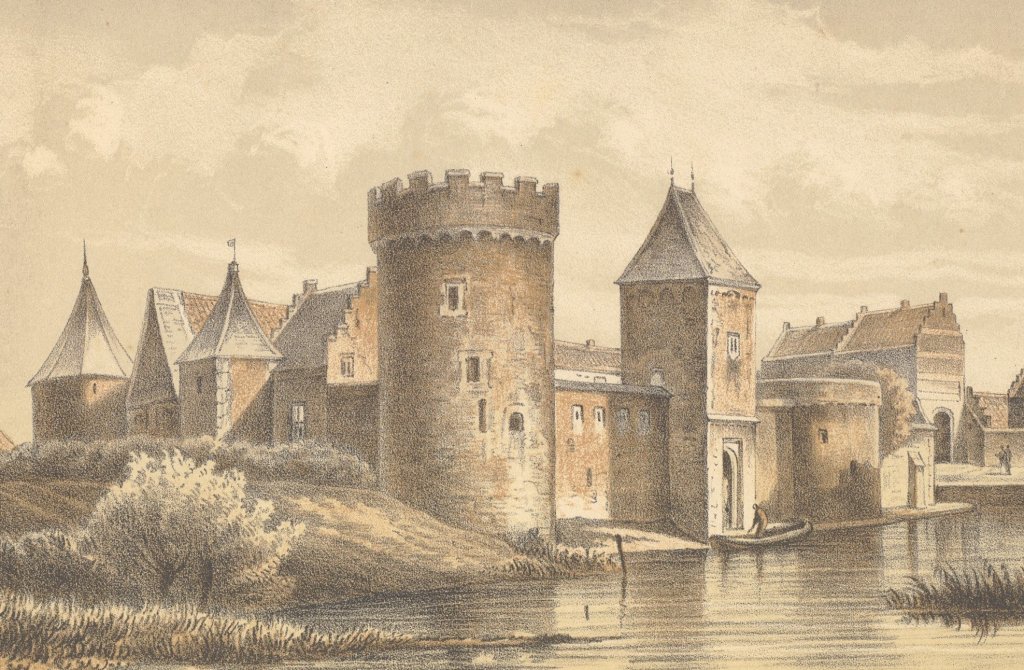
Om West-Friesland in bedwang te houden, liet Floris vijf kastelen aan de Omringdijk bouwen. Aangezien de dijk het gebied omsloot, vormde hij de ideale stelling. De kastelen waren stuk voor stuk imposante, bakstenen woon- en legerplaatsen, vanwaar troepen snel konden uitrukken en waar men zich tegen aanvallers kon beschermen. Het kasteel in Medemblik is het enige dat nog overeind staat. Het heet sinds jaar en dag Radboud naar een Friese koning (648-719). De overlevering wil dat die net als Floris hier zijn kasteel had staan.
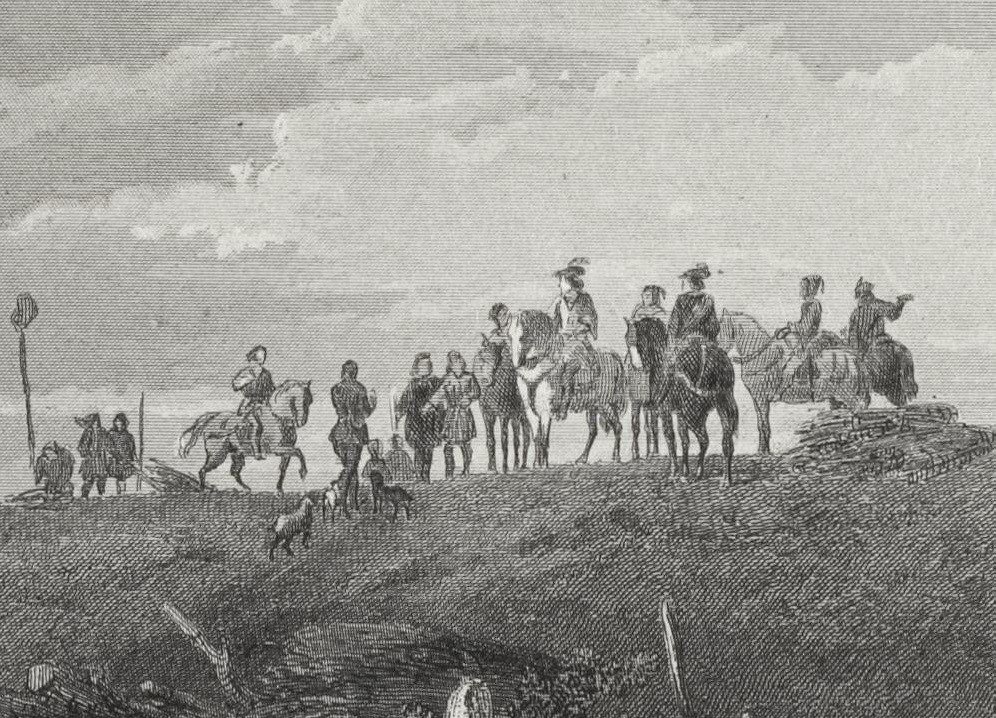
De Omringdijk was in 1287 door stormvloed geteisterd. Floris had er belang bij dat de West-Friezen hem gauw herstelden. Om dit te organiseren, stelde hij twee baljuws aan. Een van hen resideerde in kasteel Radboud. Zij voerden niet alleen het regionaal bestuur, maar fungeerden ook als dijkgraaf, de hoogste toezichthouder op de dijk in naam van de graaf. Tot dit toezicht behoorde de jaarlijkse dijkschouw, waarbij de baljuw de Omringdijk van begin tot eind inspecteerde.
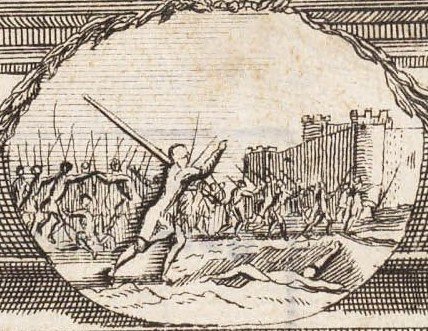
1296: Floris was nog niet dood of de West-Friezen vielen zijn burchten aan. De bestorming van Radboud was onsuccesvol, al kwam de baljuw om het leven. Toen het Westfriese leger een jaar later in de buurt van Alkmaar een verpletterende nederlaag had geleden (afbeelding), was het verzet tegen Holland gebroken. De dwangburchten verloren geleidelijk aan hun functie. Alleen Radboud bleef staan als residentie van de baljuw, totdat de Westfriese baljuwschappen in 1414 werden opgeheven.
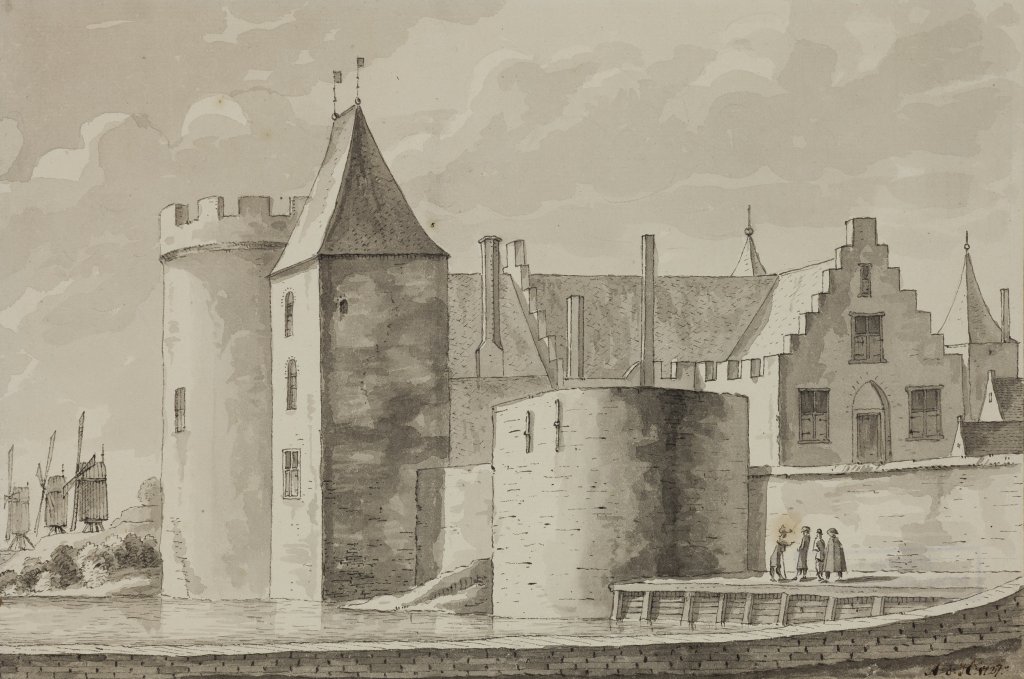
In 1608 verkochten de Staten van Holland het kasteel aan Medemblik. Omdat het geen defensieve functie meer had, was een deel van de burcht al gesloopt. Medemblik bracht er nu de schutterij onder. In de eeuwen die volgden, raakte Radboud wegens slecht onderhoud langzaam maar zeker in verval.
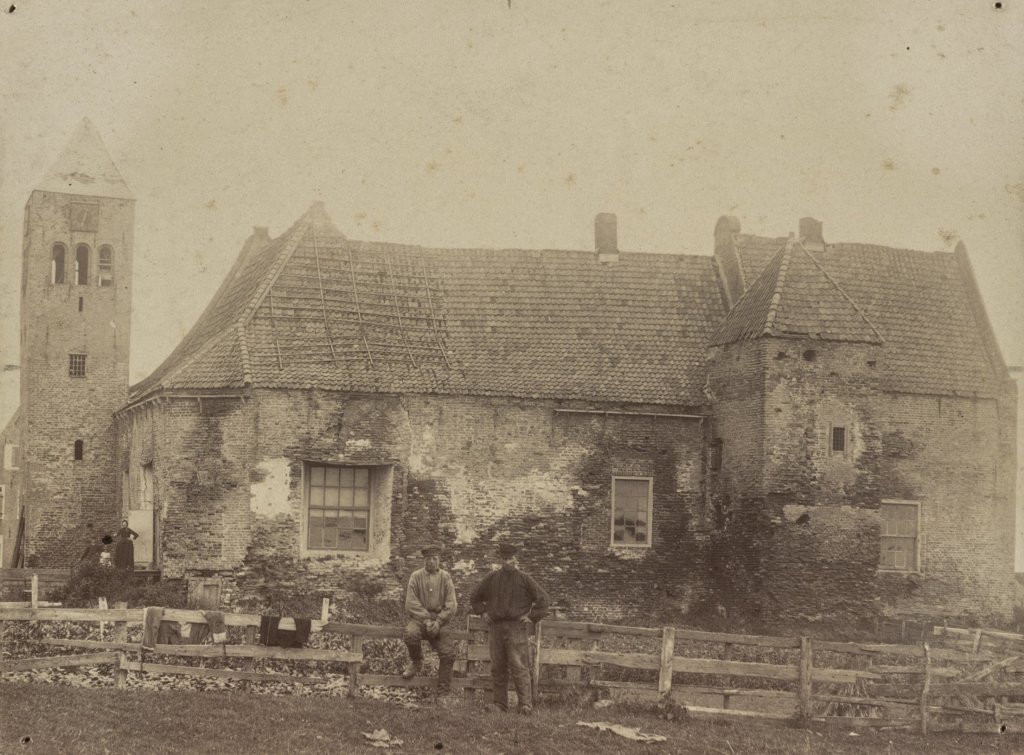
In de negentiende eeuw stond Radboud er vervallen bij. Medemblik was zo'n armlastig stadje geworden, dat het twee torens voor de sloop wilde verkopen. De opbrengst was voor de allerarmsten bestemd. Hoewel koning Willem II (1840-1849) dit wist te voorkomen, sneuvelden de torens na zijn dood alsnog. De dijken moesten worden verzwaard en bij gebrek aan voldoende puin kon men alles gebruiken.
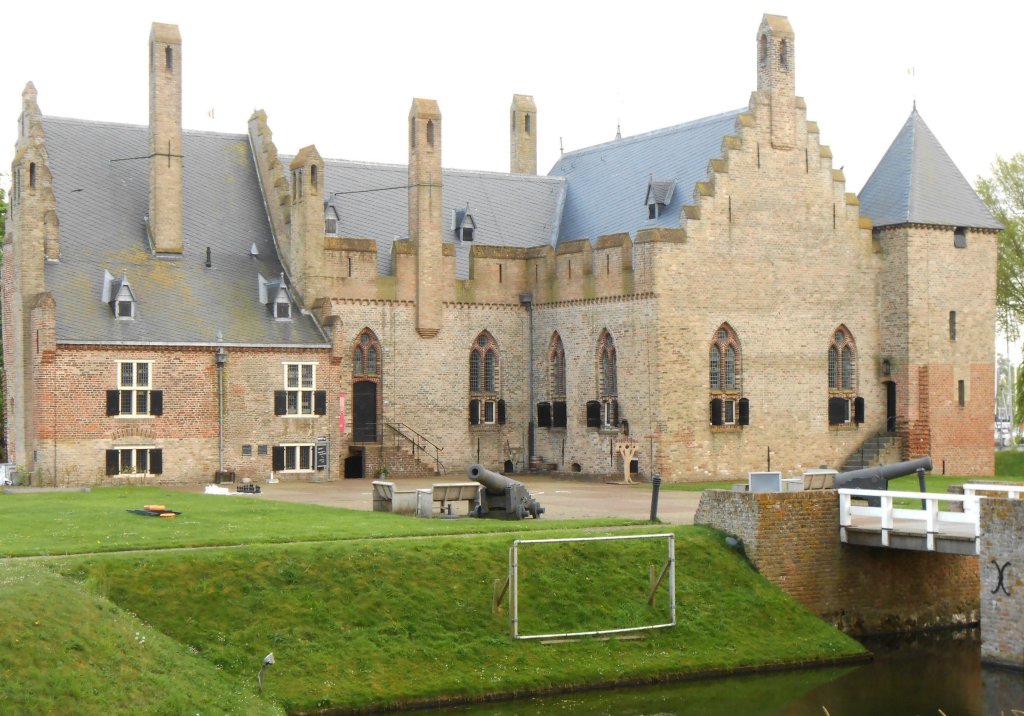
Niets leek Radboud van de ondergang te kunnen redden. Gelukkig besloot het Rijk in 1889 het kasteel aan te kopen. Er volgde een grootscheepse restauratie om het in oude glorie te herstellen. Het resultaat mag er zijn.